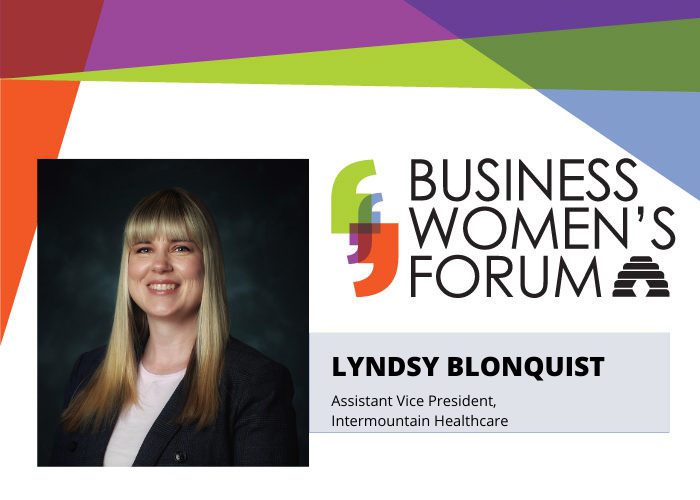Several months ago, I was given the opportunity to participate in a formal mentoring program as a mentor. Mentoring wasn’t new territory for me. Through the years I have had opportunities to mentor many employees and always enjoyed that aspect of my leadership role. In this program, mentees identified specific goals they wanted to achieve, and the program paired them with a mentor that had demonstrated proficiency in achieving those types of goals or exhibiting a skill. My mentee had a few goals, but the one we zeroed in on was confidence: how to personify it, how to advocate for herself, and how to feel confident enough to put herself out there.
Now for women, especially women in leadership roles, confidence can be a tricky thing. We have all heard the stereotypes of confident, assertive women. They’re “bossy.” They’re “aggressive.” I needed to ensure my advice and guidance to my mentee helped to navigate these unfortunate perceptions. But I had an even bigger problem to contend with— I wasn’t exactly sure how to teach someone to be confident. Even though I felt confident, it seemed to be an intangible skill that I couldn’t easily translate into a formula for my mentee to follow.
This is where our mutual learning began. My mentee described how in group brainstorming sessions, she generally wasn’t the first person to talk or offer her ideas. She told me about her desire to be collaborative and her preference to build on the ideas of others. That caused me to ponder; just because a person wasn’t the first one to speak, did that mean they weren’t confident? Or did it mean confidence looks different for them than the standard?
The situations she described allowed me to view these common workplace scenarios through a new set of eyes and I couldn’t help but wonder how often I spoke out too quickly in meetings. Through my actions, did I perpetuate a stereotype of what confidence looks like? Were there times I stifled someone like my mentee or allowed another contributor to dominate the discussion? As a leader, my job is to cultivate ideas from my teams, solicit feedback and build upon their concepts, but how was I allowing space for those that required a bit more contemplation to provide input?
As my mentee and I continued to meet, I believe we found some tools and techniques that have helped her to practice her confidence building skills. But as we moved through that process, I found so much growth for myself as well. She taught me how I can use my confidence in a way that helps others feel that confidence within themselves.
Here are a few of my key takeaways on how to promote confidence in others:
- Bring on the compliments – Negative self-talk has real impact. It’s so simple, but just offering your compliments about someone’s contributions, their ideas, participation, or expertise could help them to build that self-confidence muscle.
- Ask others to build on your idea – Show vulnerability. You might be the first person to offer your idea or talk in a discussion, but try following up with an ask for others to improve upon it or to give other perspectives. Softening your approach and leaving room for improvement may allow others to be a bit bolder than they might otherwise be.
- Make specific assignments – If you have an employee that is working on building their confidence, give them opportunities for stretch assignments where they are leading small teams or group discussions. Perhaps leadership for them looks like being an awesome facilitator and helping to build collaboration rather than coming up with ideas. These are fantastic confidence building opportunities but as a leader you must be intentional about seeking these out for your employees.
 About the Author
About the Author
Lyndsy Blonquist is an Assistant Vice President at Intermountain Healthcare, an integrated delivery network (IDN) based in Salt Lake City, Utah. Her current portfolio includes responsibility for the Enterprise Integration and Project Management Office. Lyndsy has worked in healthcare for the past 17 years in roles spanning both payer and provider. At Intermountain Healthcare, Lyndsy has had experience working in several venues, including Payer Contracting, Revenue Integrity, EMR implementation, Information Systems, and Revenue Cycle operations. Lyndsy serves as President for the Utah Chapter of the Healthcare Financial Management Association and a Steering Committee Member for the Business Women’s Forum with the Salt Lake Chamber.


